This is a timely question: my next newsletter will be addressing the whole topic of bandhas and whether we can or even should engage them in our yin practice. I will offer a thought here just on the Mula Bandha, but please check out the July Newsletter for more (if you are not yet subscribed, you can do so here:
http://www.yinyoga.com/newsletters.php )
Lorien offers some sage advice, based on her own experience. That, in the end, your own experience must always be your final guide; how does it feel for you? Sometimes, especially for beginners, we don't know how it feels for us. Our inner awareness is not very well developed. In that case, advice from others may serve us until we do develop our inner sensitivity.
Let’s look at Mula Bandha, because it is the one valve that we can continuously engage while doing Yin Yoga. Mula bandha is performed by contracting and lifting inward and upward the muscles of the perineum. If you are not sure where your perineum is, (to borrow a quote from David Swenson) it is halfway between your anus and the vegetables. If you are still not quite sure, imagine doing a Kegel exercise; imagine you are urinating and stop the flow quickly. That is engaging your perineum.
Dr Motoyama reports that the benefits of Mula Bandha include stimulating the pelvic nerves, toning of the urogential organs and improving constipation and hemorrhoids. On an energetic level, the apana vayu (one of the ten forms of energy discussed in yoga physiology) is raised upwards to combine with the prana vayu, thus generating energy of a higher dimension, facilitating the awakening of the kundalini. It helps to maintain celibacy by acting to sublimate sexual energy and raise it to higher chakras. (See Theories of the Chakras by Dr Motoyama).
In Dr M's view, we can hold Mula Bandha for extended periods without holding the breath. Personally, I would recommend doing Mula Bandha during a yin practice, as long as the engagement is subtle. By subtle I mean, not really forced. Think 10% contraction of the perineal area. (See why I say 10% in the Newsletter coming up.)
While not a bandha, ashvini mudra (horse mudra) is similar to Mula Bandha. Dr Motoyama explains that this mudra is performed by repeatedly contracting and releasing the sphincter muscles of the anus. The contraction is held while the breath is held, and then both are released. The benefits of this action include relief from piles and reducing prolapse of the rectum or uterus (especially if performed in an inverted posture). Intestinal peristalsis is improved and constipation is eased. This, too, is something you may want to play with when you are doing your yin practice, but again, don't over do it. 5 minutes should be enough.
Personally, I find these practices are best done when I am doing forward folds or seated postures. I don't try them in back bends, twists or strong hip work. But, see what works for you.
Cheers
Bernie
